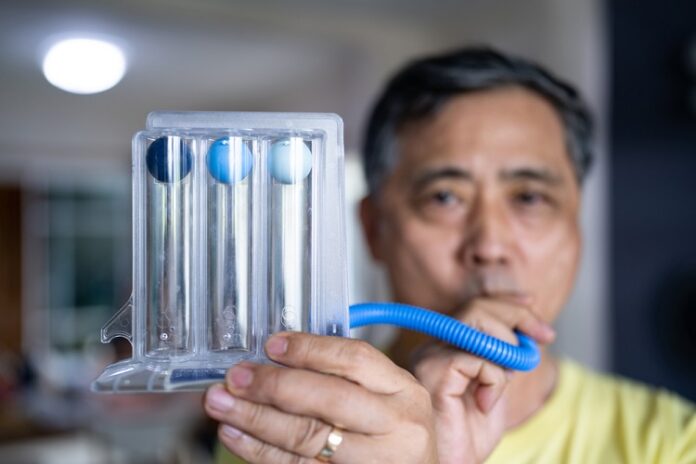Breathing is an essential body function that supplies oxygen to your vital organs and expels carbon dioxide. However, various factors such as stress, anxiety, illness, or physical exertion can disrupt your breathing pattern and cause shortness of breath. Shortness of breath can be debilitating, making it difficult to perform simple daily activities. Fortunately, simple breathing exercises can help improve lung function and alleviate The Woodlands shortness of breath. These exercises are easy to learn and can be done at home without special equipment.
Table of Contents
Diaphragmatic breathing
The belly or deep breathing technique known as diaphragmatic breathing can help to increase lung capacity and lessen breathlessness. Put one hand on your stomach and the other on your chest. Breathe in slowly and deeply through your nose, paying attention to how your tummy expands and how your hand rises. After holding the breath for a moment, slowly let it out through your mouth. Feel your hand lowering as you do so. For several minutes, repeat the breathing exercise while concentrating on taking calm, deep breaths.
Pursed lip breathing
Take a slow, deep breath through your nose and then pucker your lips as if you’re about to whistle to practise pursed lip breathing. You should feel a little resistance as you slowly let out breath with pursed lips.
Alternate nostril breathing
This Nadi Shodhana yoga method might aid in enhancing lung capacity and lowering breathlessness. Close your right nostril with your thumb while breathing softly through your left nostril to practise alternate nostril breathing. Close your left nostril with your ring finger and continue to hold your air for a few seconds. Exhale slowly via the right nostril after opening it. Breathe in through your right nostril, hold it for a while, and then open your left nostril to let out your breath.
Box breathing
A square breathing technique used by Navy SEALs and other elite athletes to improve focus and reduce stress. Box breathing can also improve lung function and reduce shortness of breath. Inhale slowly through your nose for four seconds, hold your breath for four seconds, exhale slowly through your mouth for four seconds, and hold your breath for four seconds.
Kapalbhati breathing
Kapalbhati breathing is a technique used in yoga to stimulate the respiratory and digestive systems. Sit comfortably placing your hands on your knees. Inhale deeply through your nose, and forcefully exhale through your mouth while pulling your navel towards your spine. The inhalation is passive, while the exhalation is active.
Deep Chest breathing
The goal of deep chest breathing is to extend the chest and ribcage in order to expand the lung capacity. Your arms should be at your sides while you stand or sit with your feet shoulder-width apart. Deeply inhale through your nostrils while opening up your ribcage and chest. Exhale softly via your lips after holding your breath for a few seconds, letting your chest and ribcage return to their natural positions.
Speak to your doctor at Houston Sinus Surgery to obtain information regarding the Shortness of breath medical condition.




